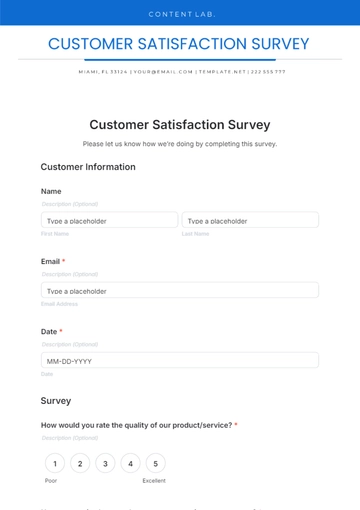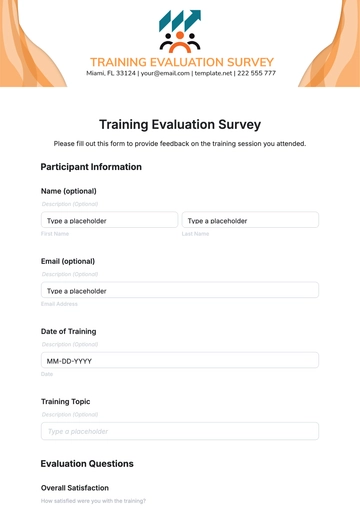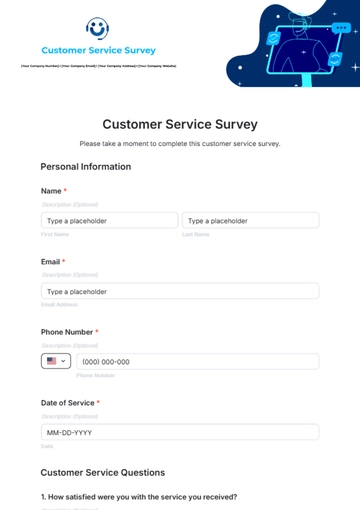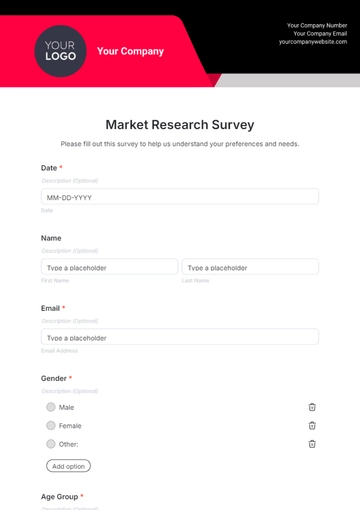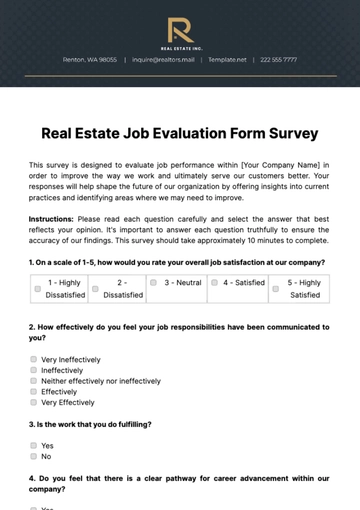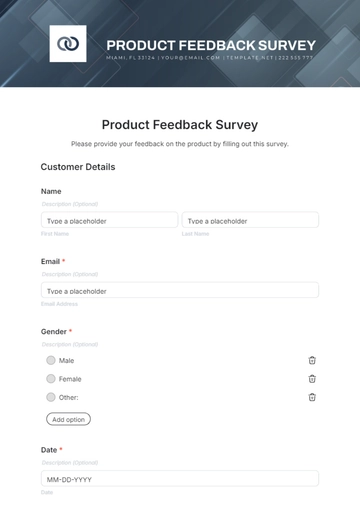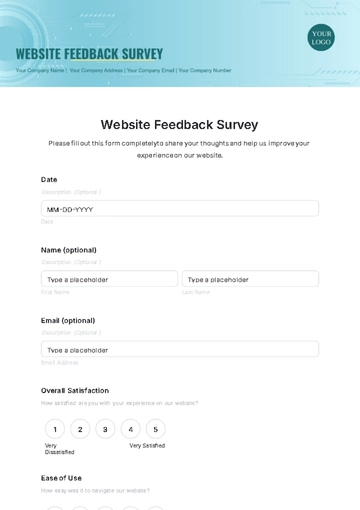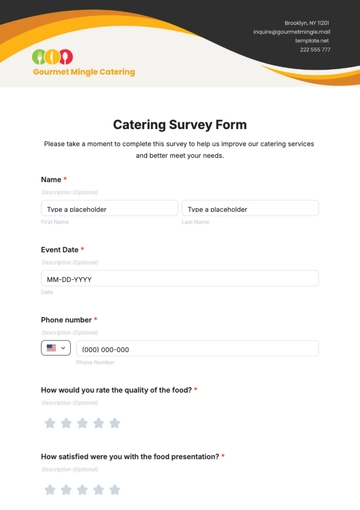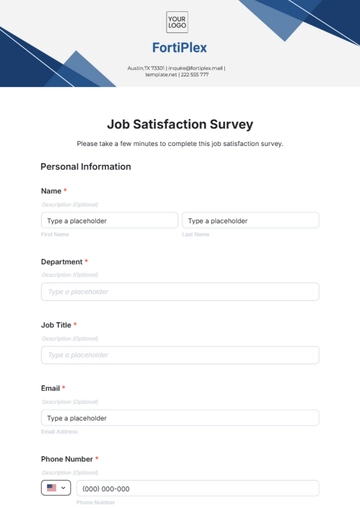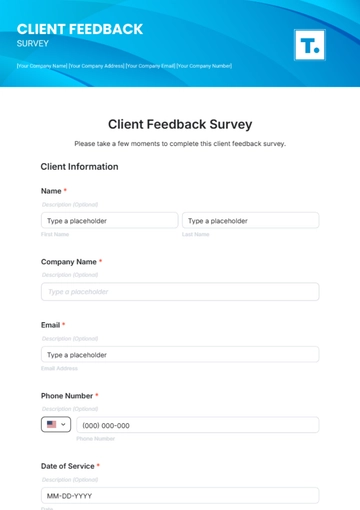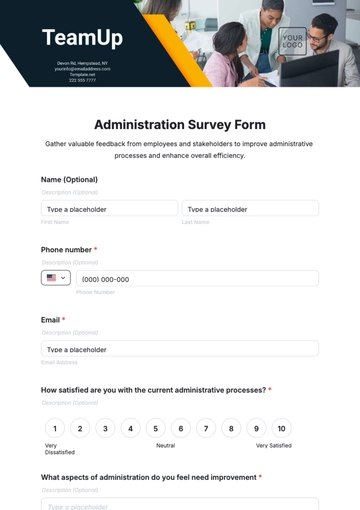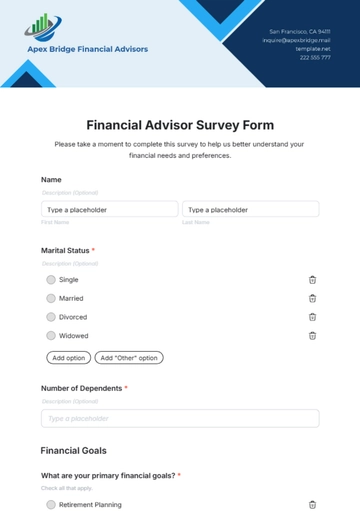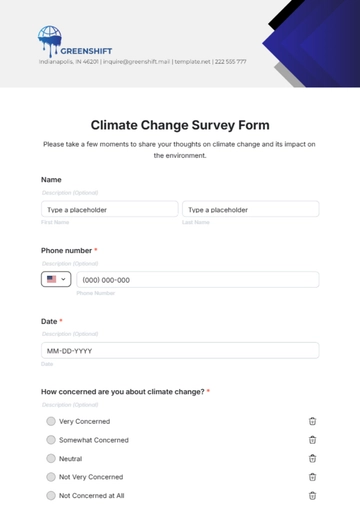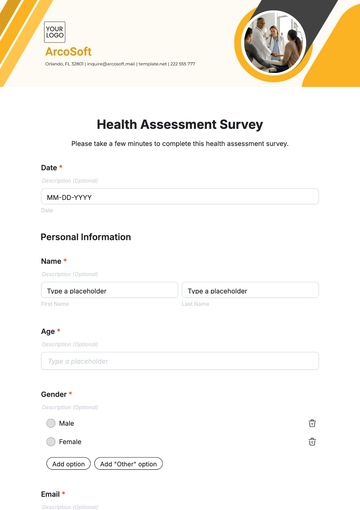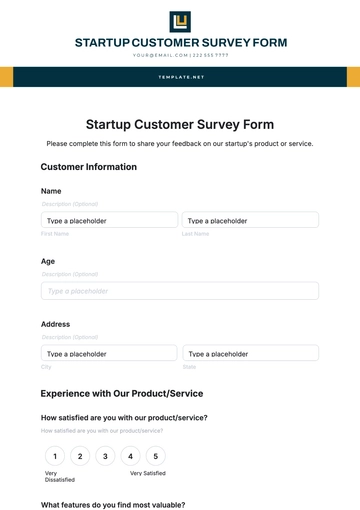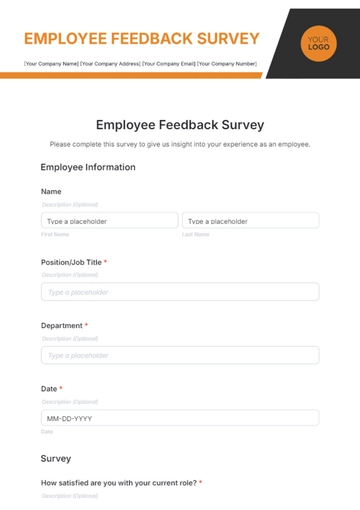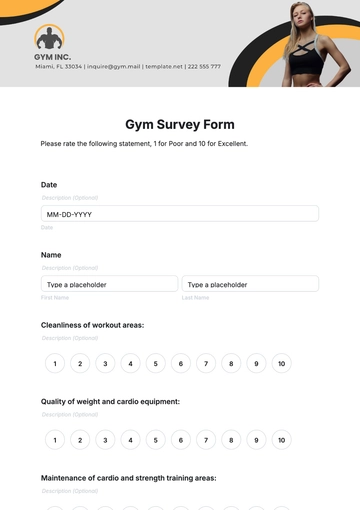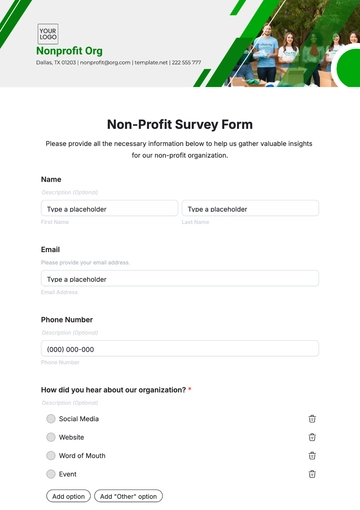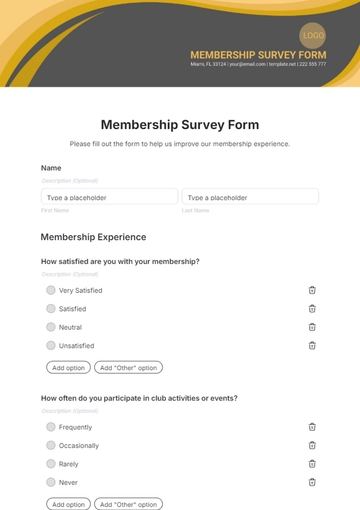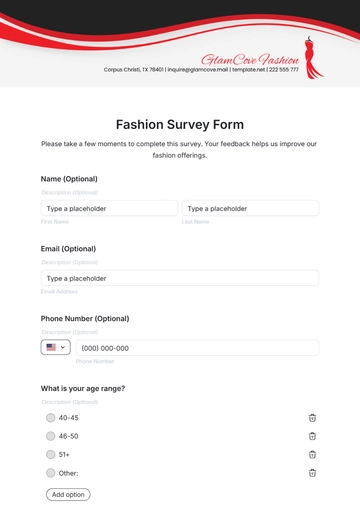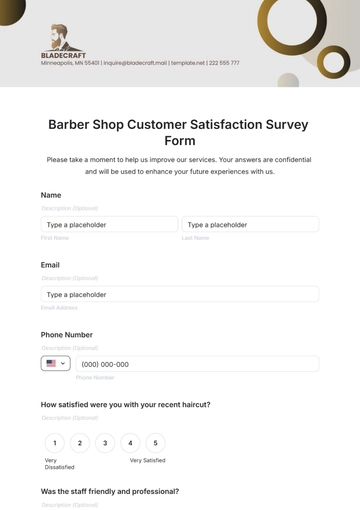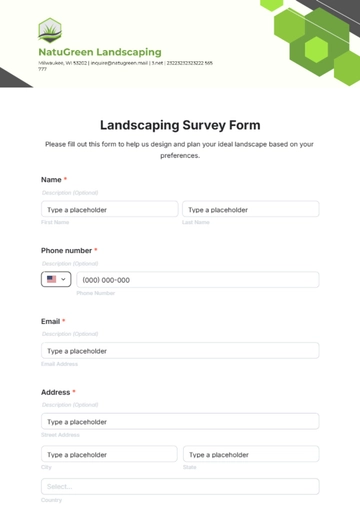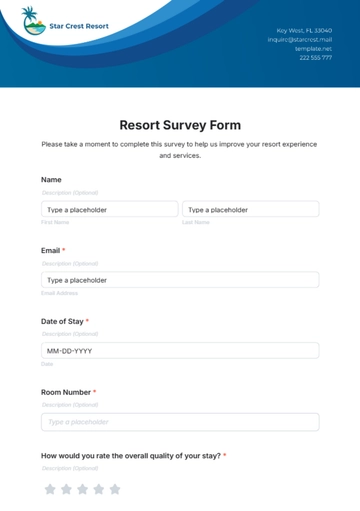Design Survey White Paper
Executive Summary

The purpose of this Design Survey White Paper is to provide marketing teams with detailed, research-based insights into the current trends, challenges, and opportunities within the design industry. By leveraging data and analysis, this document aims to assist marketers in crafting more effective strategies that align with industry dynamics and consumer expectations.
I. Introduction
In the fast-evolving field of design, staying informed about industry trends is essential for maintaining competitive advantage. This White Paper serves as a critical tool for marketing teams seeking to understand the landscape of design in order to optimize their strategic initiatives and product development cycles.
II. Objectives
The primary objectives of this White Paper include:
To Educate: Provide marketing teams with a thorough understanding of the design industry's current state and projected trends.
To Guide Strategy: Offer data-driven insights that support strategic decision-making.
To Inspire Innovation: Identify emerging design trends that could influence new marketing and product development approaches.
III. Methodology
The methodology section outlines the processes used in gathering and analyzing the data:
Surveys: Quantitative and qualitative data collected from industry professionals across various sectors of the design industry.
Interviews: Insights gathered from in-depth interviews with leading design experts and thought leaders.
Secondary Research: Analysis of existing studies, academic papers, and industry reports to supplement primary research findings.
IV. Industry Overview
This section provides a comprehensive overview of the design industry, including its historical context, current landscape, and future projections. Key areas covered include:
Market Size and Growth: Statistics on the industry’s economic impact and growth trajectory.
Key Segments: Breakdown of the industry into major segments such as graphic design, industrial design, UX/UI design, and more.
Geographical Trends: Overview of how design trends vary globally and the implications for marketers in different regions.
V. Key Findings
A. Current Trends
User-Centered Design: Increased focus on creating user-centric products and services.
Sustainability: Growing importance of eco-friendly and sustainable design practices.
Digital Transformation: Acceleration in digital tools and platforms impacting design processes.
B. Challenges
Skill Gaps: Identification of areas where the industry faces talent shortages and the need for specialized training.
Technological Adaptation: Challenges associated with integrating new technologies into existing design practices.
C. Opportunities
VI. Strategic Recommendations
Based on the findings, this section offers actionable recommendations for marketing teams:
Focus on Education and Training: Address skill gaps by investing in ongoing education and specialized training for design teams.
Embrace Sustainability: Develop marketing strategies that highlight a brand’s commitment to sustainable practices.
Leverage Technology: Utilize the latest technologies to enhance design capabilities and create innovative customer experiences.
VII. Conclusion
This Design Survey White Paper highlights the critical role of up-to-date, research-based industry knowledge in shaping effective marketing strategies within the design industry. By staying informed about trends, challenges, and opportunities, marketing teams can better position their organizations for success in a dynamic market landscape.
VIII. References
A list of all sources, studies, and reports referred to in the document.
IX. Appendices
Additional data, charts, and information supporting the analysis provided in the White Paper.
This document is designed to serve as a foundational resource for marketing teams aiming to excel in the design industry by harnessing deep industry insights and strategic foresight.
White Paper Templates @ Template.net


